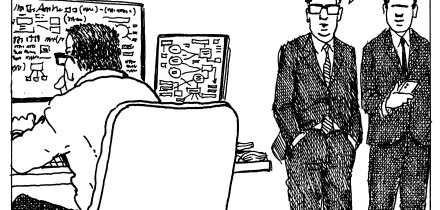Protection sellers have begun adopting new features that allow them to manage their own single tranche deals by trading in and out of credits. Nik Khakee, director at Standard & Poor’s in New York, said one feature appearing in recently rated deals is the right of investors to change attachment points. Attachment points signal the subordination level at which protection sellers become obligated to pay for losses in a portfolio. Relative to the beginning of the year, wider spreads have enabled protection sellers to add extra features, such as the ability to trade in and out of credits, according to Jeff Prince, v.p. in CDO research at Wachovia Securities. While dealers have offered investors this for a while, clients have only recently begun to opt into such trades, he added, saying that wider spreads have made the option more affordable.
Alex Reyfman, head of credit derivatives research at Bear Stearns in New York, said investors can pay up front for a pre-determined number of substitutions or pay for substitutions by changing the subordination level. The deal premium could also be reduced if the structure incurs economic losses from credit substitutions, he noted.
Investors may prefer to take an economic loss on a trade if they believe a credit will default, in which case they believe they are choosing the lesser of two losses, explained Khakee. Losses incurred from trading out of a credit may burn through credit support and in funded structures this could lead to protection sellers paying out the losses. In unfunded structures, however, the only way to reflect this change in credit support would be to lower the attachment point, he said.





